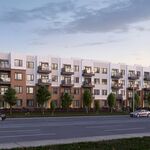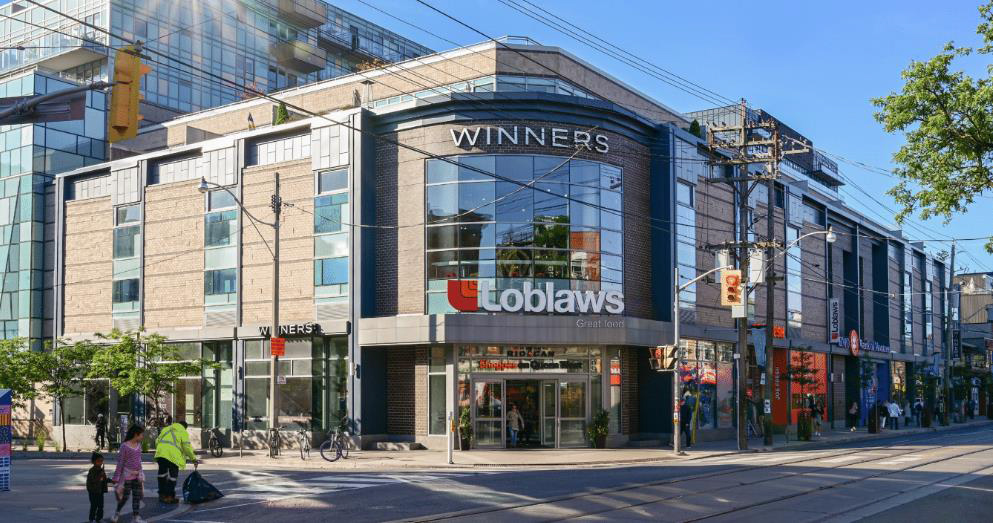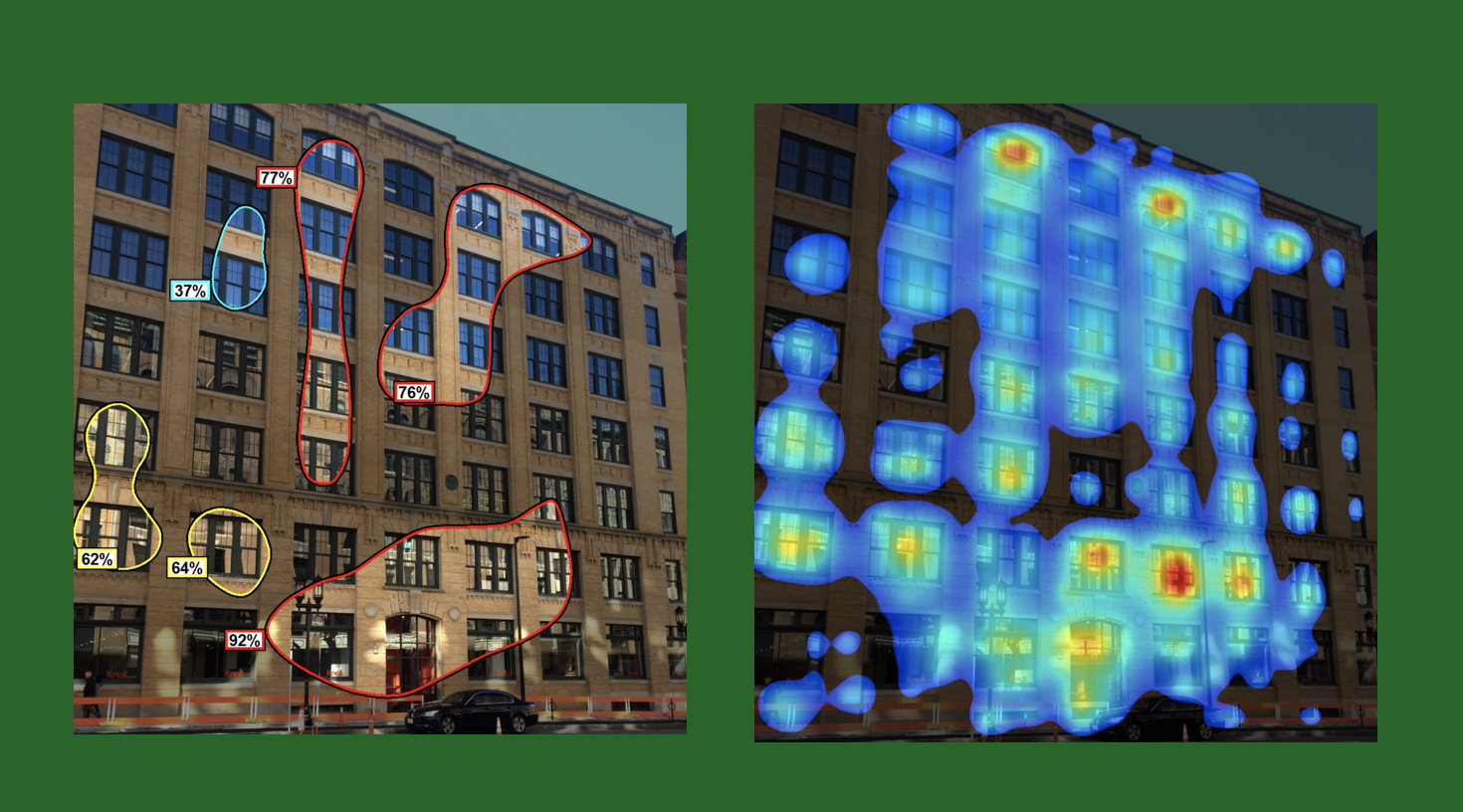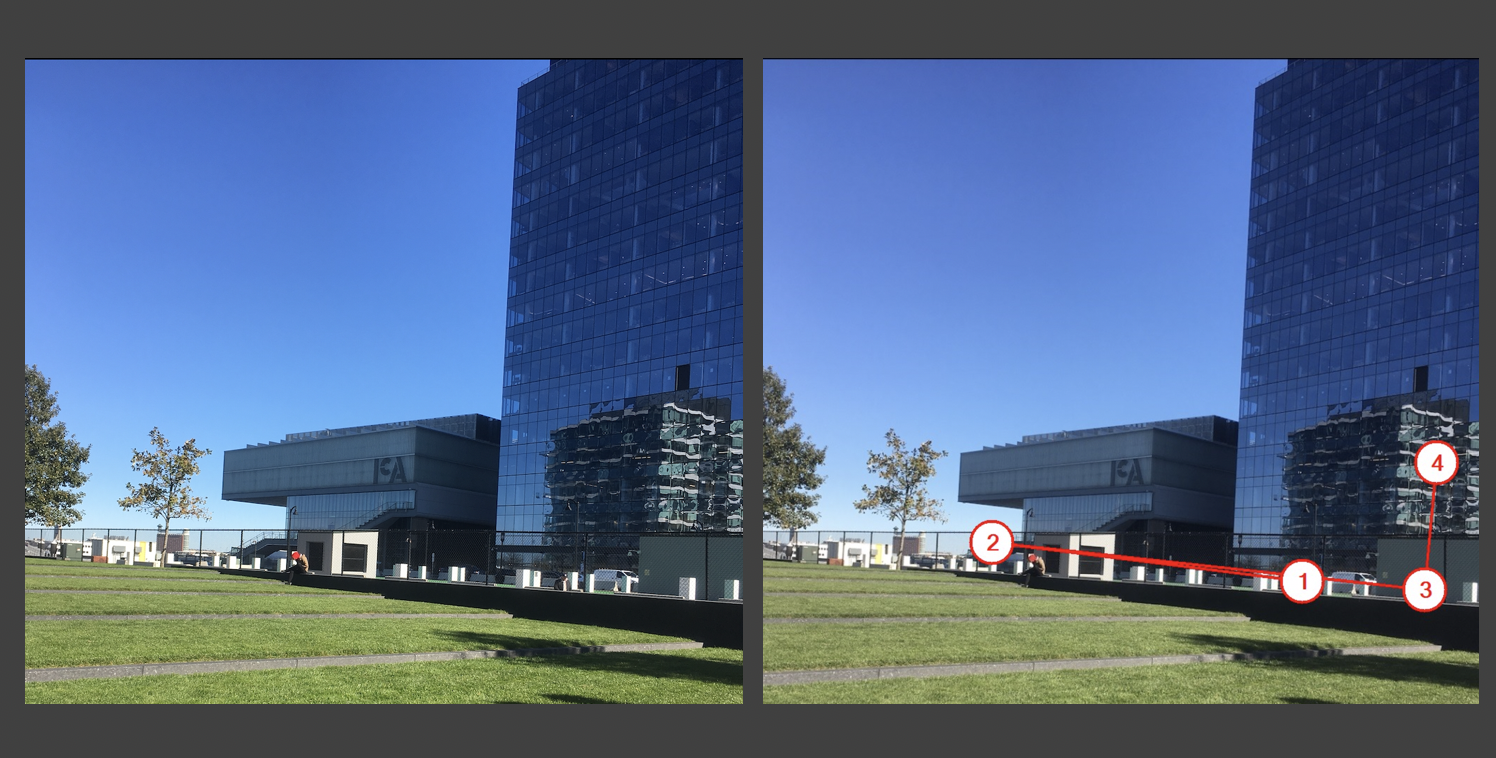agoraflaneur
Active Member
Didn't know where to post this but it is interesting:
/https://www.thestar.com/content/dam/thestar/news/city_hall/2019/11/17/is-toronto-drab-council-is-pushing-for-a-more-beautiful-city/_1_bay_dundas_building_2.jpg)
 www.thestar.com
www.thestar.com
"The motion includes ideas that will no doubt prove contentious — including a plan for a public design competition to solicit ideas for increasing density in neighbourhoods now zoned for single-family homes.
Council voted to ask staff to include the plan in an upcoming report to the planning and housing committee."
/https://www.thestar.com/content/dam/thestar/news/city_hall/2019/11/17/is-toronto-drab-council-is-pushing-for-a-more-beautiful-city/_1_bay_dundas_building_2.jpg)
Is Toronto drab? Council is pushing for a ‘more beautiful’ city
Brad Bradford, the councillor behind a move to make Toronto more attractive, says he thinks “we all need to hold ourselves to a higher standard when i...
"The motion includes ideas that will no doubt prove contentious — including a plan for a public design competition to solicit ideas for increasing density in neighbourhoods now zoned for single-family homes.
Council voted to ask staff to include the plan in an upcoming report to the planning and housing committee."
















